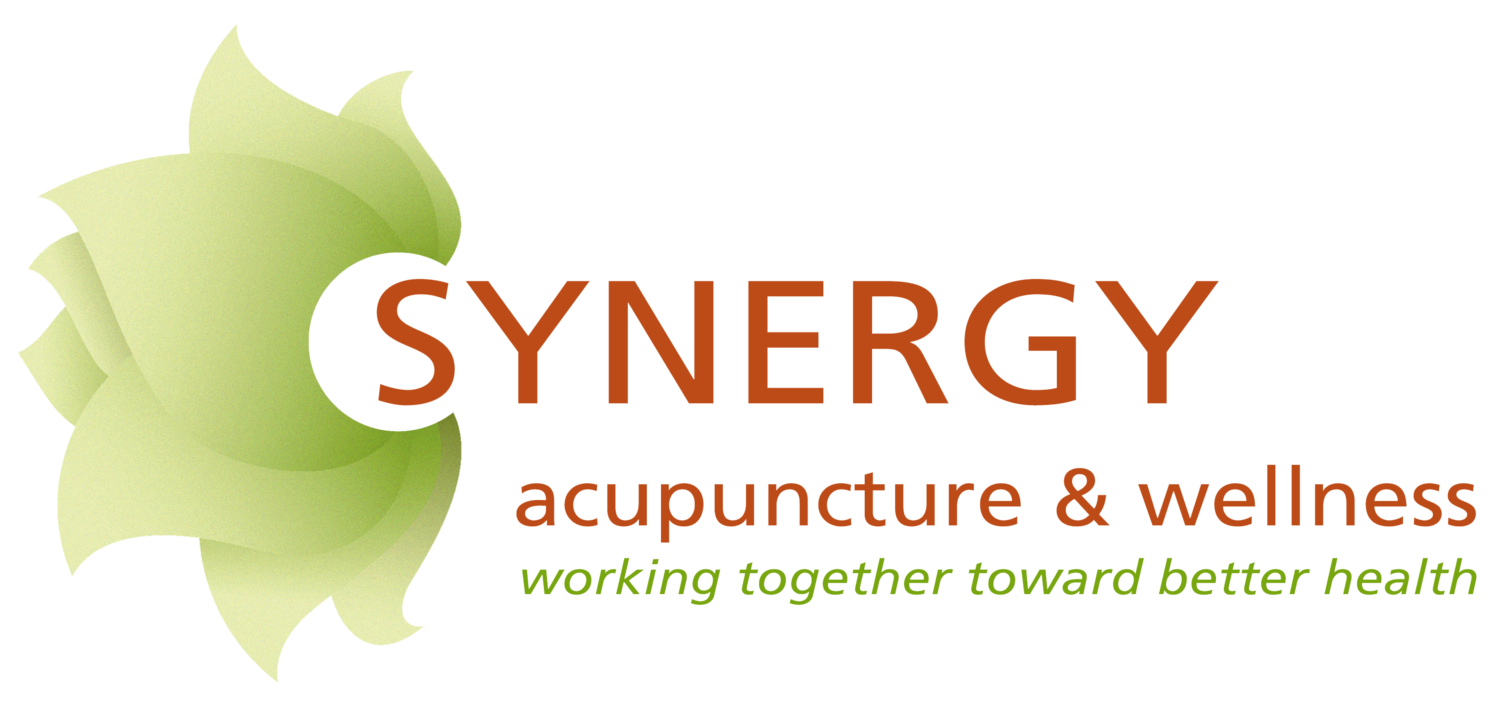With the most recent Omicron variant, there has naturally been a revisiting of whether many of the things we had gotten accustomed to doing to protect ourselves and each other are still the safest tools to be using. With adequate supplies of high quality masks now available (unlike early on in the pandemic), I have been doing a lot of reading and research myself on the question of not only which masks are best for which situations, but how to identify a mask which delivers on the level of protection that it is advertising and how to maximize the length of time a mask can be used. I figured some of you might find the information useful as well. Here are some summaries of information I found useful along with links so that you can use the information to choose what is best for you and your loved ones.
I, for one, will remain hopeful that this pandemic finally shifts in a direction where this sort of information isn’t so vital, but in the meantime, be safe and be well.
What masks have the best level of protection?
During the height of the pandemic, professional grade masks were simply too scarce and armies of people with skills and sewing machines starting creating cloth masks to fill the gap. While cloth masks certainly are better than none, there is wide variability in the protection they provide based on their design and the materials used to make them.
Three things come into play with respect to filtration:
The number of layers - in general, more is better
The size of the gaps between the threads of each layer which determine the size of the particles that can enter or exit through them. Masks which combine different types of fabrics (as surgical, KN95 and N95 masks do) have better filtration.
The “fit” of the mask and the quality of the seal that is created around the nose and mouth. If you can feel air leaking out when you exhale, then air is also getting in at those same points without having first passed through the filtering layers. Securing a mask in a way which minimizes or eliminates those gaps ensures that most of the air passes through the layers and is filtered of particles.
KN95 and N95 masks are designed with several types of fabrics (some layers woven and others non-woven) some which are specially treated such that particles tend to get stuck to them (sort of like a swiffer duster), have a more secure fit with nose bridge wires and come in styles with head straps rather than ear loops providing a better fit.
When it comes to deciding which mask is best, this chart in combination with the information above can be a helpful tool to figure out what your risk might be with certain masks.
How do I know the mask does what it says?
There are many masks to be found online, but it is important to know what to look for to make sure you’re getting the level of protection you think you are. I found this article especially helpful: 12 signs you have a fake N95, KN95 or KF94 mask
A few of the key take home messages were":
The mask has an expiration date. The materials used to make them do deteriorate with age, so using them before that point ensures maximum filtration.
The FDA does NOT certify masks. So packaging that says “FDA listed/registered/approved” means nothing more than some paperwork has been filled out with an agency which doesn’t oversee regulation of that product.
N95 and KN95 masks are tested and approved by specific agencies in the US and China respectively. The registration numbers will be printed ON the mask itself. For N95 masks, NIOSH is the organization which tests and certifies masks. For KN95s, you need to look for a GB number.
How do I know when to replace my mask?
If you’re anything like me, you’re probably concerned about protecting yourself and doing what you can to spare the environment. The idea of piles of disposable masks ending up in landfills was one reason why I explored well made, multi-layer cloth masks early in the pandemic. Deciding to upgrade the level of protection brought up the question of how to get as much use out of each mask while maintaining safety. What came to mind was the ways in which medical personnel learned they could extend the life of the few masks that they had available.
This is a great article which discusses things in detail: How to Reuse N95, KN95, and Other Disposable Masks
The key take home points are:
Store masks between uses in a paper bag and allow 5-7 days between re-wearings
Avoid touching anything but the straps of the mask and keep it dry
If the fit or airflow become compromised or the mask gets dirty, it’s a good time for a new one.
Sources:
Types of Masks and Respirators
12 Signs You Have a Fake N95, KN95, or KF94 Mask


